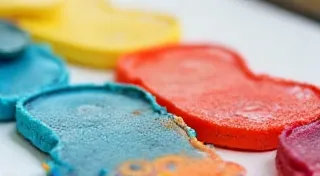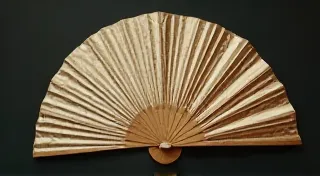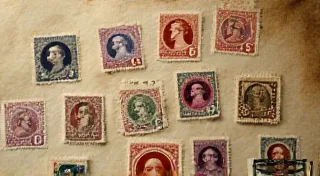The Cartographer of Cloth: Mapping Regional Variations in 1930s Dressmaking
The scent of aged paper, that faint whisper of history clinging to a vintage sewing pattern, is a powerful thing. It's more than just an aroma; it’s a portal. It transports you not only back in time, but also to the hands that originally unfolded those fragile sheets, dreaming of dresses, suits, and the lives they would shape. My fascination with vintage sewing patterns isn’t just about the clothes themselves, but the stories they hold – stories deeply interwoven with geography, available resources, and the unique cultural threads that defined different regions.
The 1930s, a decade sandwiched between the optimism of the Roaring Twenties and the somber realities of World War II, offers a particularly rich landscape for this exploration. While Parisian couture dictated broad trends – the bias cut, long, flowing lines – the way those trends manifested differed dramatically from, say, rural Appalachia to the bustling cities of the American Midwest. It wasn’t simply a matter of replicating a Vogue pattern exactly. Each seamstress, each community, adapted, innovated, and ultimately created something uniquely their own.
Think of a garment as a map. Parisian designers sketched the continent – the general shape and outlines. But the local seamstress, the cartographer of cloth, filled in the details, marking the terrain of her own experience. This involved everything from fabric choice to construction techniques, often born of necessity and a deep understanding of the local environment.
The Weight of Wool and the Grace of Linen
One of the most striking regional variations stemmed from available fabrics. In the colder northern climates, wool was king. Patterns designed for silk or rayon might be rendered in sturdy wool tweeds and flannels, adding warmth and practicality. You’ll find that patterns for bias-cut evening gowns, elegant in theory, often underwent significant alterations in these regions. A silk bias-cut dress might drape beautifully and shimmer under ballroom lights, but a wool equivalent could feel restrictive and lose its characteristic fluidity. To compensate, seamstresses often adjusted the pattern, easing the fabric, adding gussets for greater comfort, and incorporating techniques to minimize bulk.
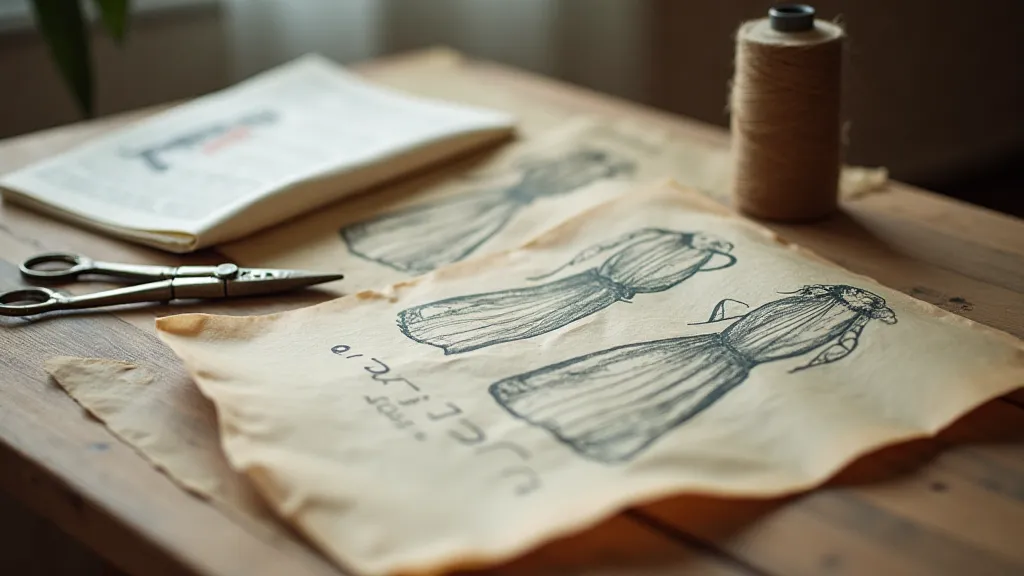
Conversely, in the warmer southern states, linen and cotton reigned supreme. Patterns that might call for heavy wool were instead translated into breezy, comfortable garments perfect for the climate. You’re more likely to encounter patterns for simpler, more practical dresses – sturdy day dresses, housedresses, and children’s clothes – made with durable, locally sourced cotton prints. The emphasis shifted from elaborate embellishments to functionality and breathability. Consider the difference: a 1934 Vogue pattern for a fitted bias-cut dress in silk, versus a similar design made from a cheerful calico by a seamstress in Georgia. Both were inspired by the same source, but the experience of wearing them would be worlds apart.
The Appalachian Adaptation: Resourcefulness and Resilience
The story becomes even more compelling when we consider isolated communities like those in Appalachia. Here, resourcefulness wasn't a virtue; it was a necessity. Fabric was often scarce, and what was available was frequently of lower quality. Seamstresses became masters of patchwork, piecing together scraps of fabric to create entire dresses and skirts. Simple patterns, often directly copied from magazines or passed down through generations, were the norm. Embellishments were often hand-stitched – embroidery, quilting, or appliqué – reflecting the seamstress’s personal creativity and utilizing whatever materials were at hand.
I recall helping my grandmother, a woman who learned to sew from her mother in rural Kentucky, mend a quilt. It wasn't a pristine, machine-made affair. It was a testament to a life lived frugally and creatively, each patch telling a silent story of repurposed fabric and enduring skill. That same resourcefulness permeated her dressmaking – a perfect embodiment of the Appalachian adaptation.
The Midwest Silhouette: Practicality and Pride
The American Midwest, with its blend of agriculture and industry, presented another distinct regional character. Here, while fashion trends were certainly followed, there was a strong emphasis on practicality and durability. Patterns were often adapted for ease of movement and longevity. Women needed clothes that could withstand long hours working on the farm or in factories. Garments were often reinforced at stress points – pockets were sewn with extra layers of fabric, and seams were carefully finished to prevent fraying.
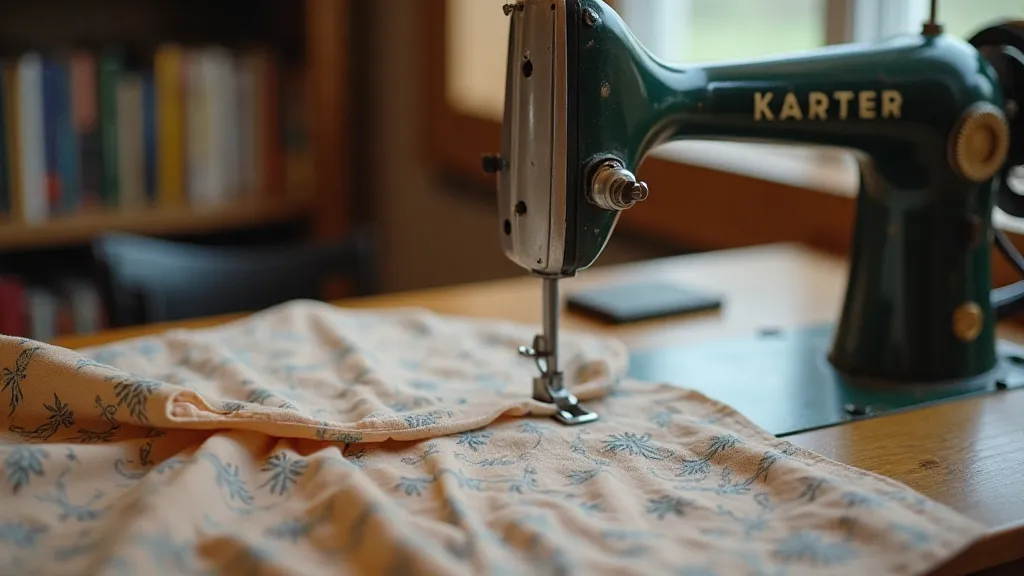
Moreover, Midwest seamstresses often took immense pride in their work. A well-made dress wasn't just a garment; it was a reflection of their skill and a source of family pride. Alterations were common, not necessarily to follow the latest trends, but to ensure a perfect fit and to enhance the garment's durability. I’ll often find notes scrawled on the pattern itself – adjustments for a fuller bust, lengthening of the skirt, or a modification to the sleeves.
Decoding the Details: A Collector’s Perspective
For collectors of vintage sewing patterns, understanding these regional variations is key to appreciating the true value of a piece. A pristine, unaltered 1935 Vogue pattern is certainly valuable, but a pattern showing signs of careful adaptation – notes in the margins, subtle alterations, evidence of a loving hand at work – often tells a richer, more compelling story. It’s a tangible connection to the lives and skills of those who came before.
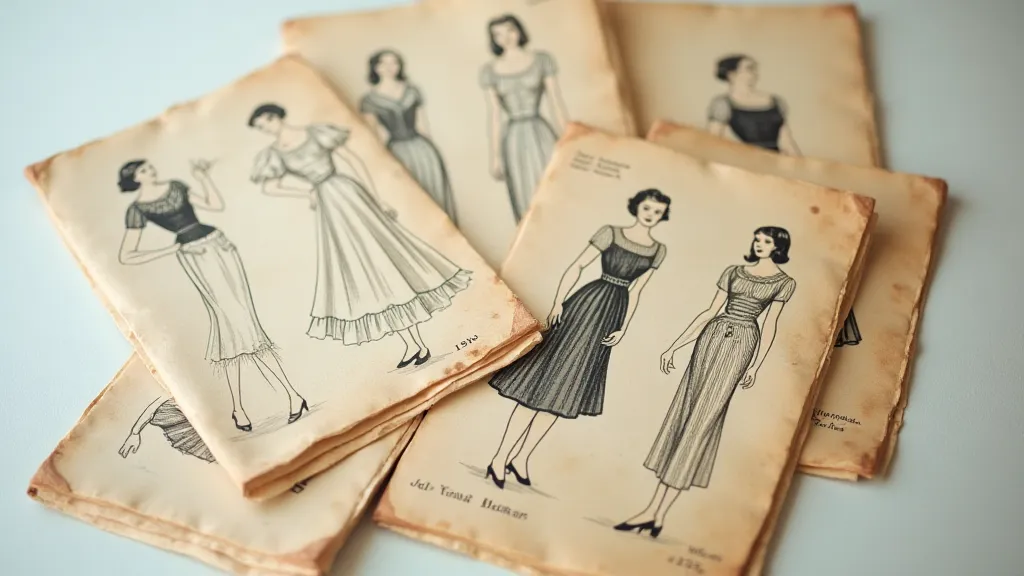
Examining the fabric scraps that often accompany these altered patterns can also provide valuable clues about the region of origin. A piece of sturdy wool tweed might suggest a northern climate, while a scrap of cheerful calico hints at a southern origin. The "cartography" of cloth, you see, isn’t just about the garment itself, but about the entire ecosystem that nurtured its creation.
The beauty of vintage sewing patterns lies not just in their ability to transport us to another time, but in their power to reveal the nuanced and deeply human stories embedded within the fabric of our history. They are a testament to the enduring creativity, resourcefulness, and quiet pride of generations of seamstresses – the true cartographers of cloth, who charted their own paths through a world shaped by geography, tradition, and the enduring power of a needle and thread.

